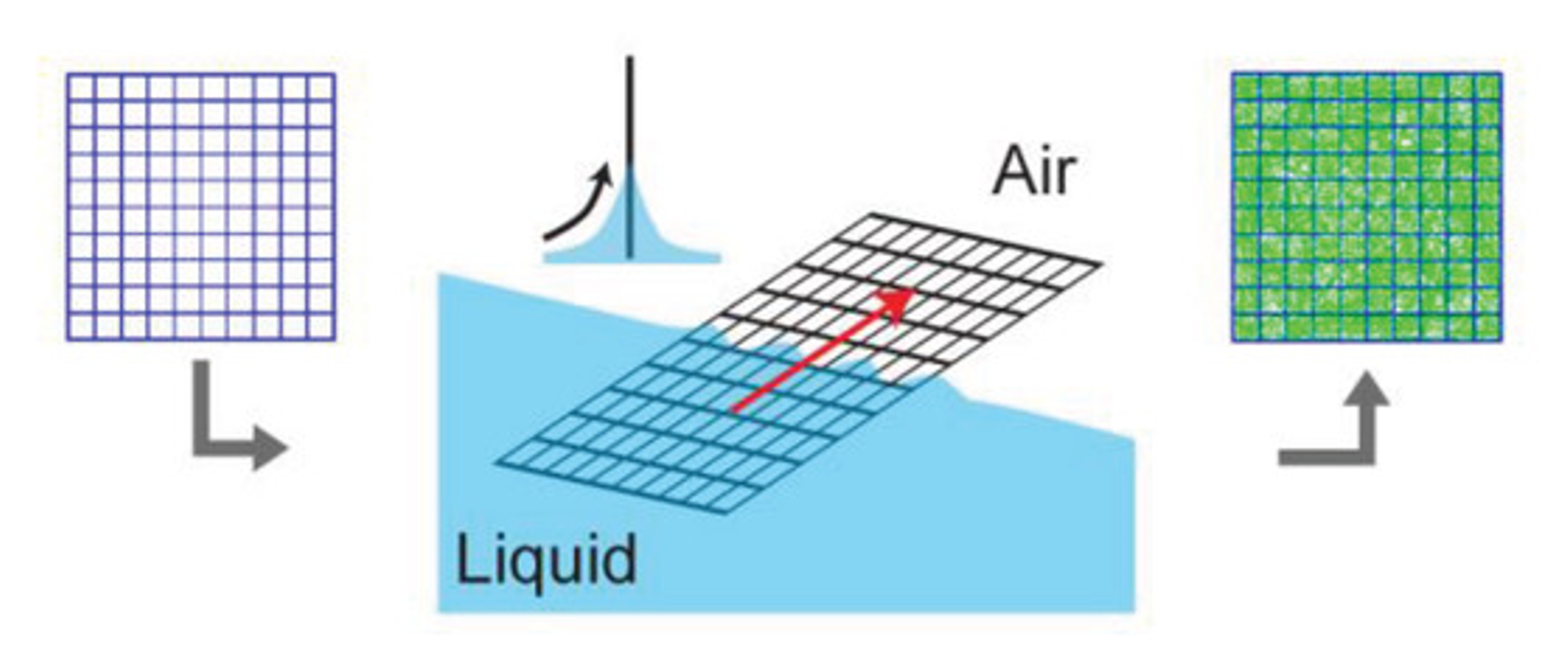Advanced Biomaterials for Tissue Engineering
As defined by Langer and Vacanti, tissue engineering is “an interdisciplinary field which applies the principles of engineering and life sciences toward the development of biological substitutes that restore, maintain, or improve tissue function”. Major challenges in the field of tissue engineering is not only the deciphering of the biology of tissue formations but also the translating the gained knowledge for the engineering of biomaterials that could reproduce the physiological cellular behaviors. Such feat would offer tremendous opportunities in advancing the field of in-vitro disease modeling and therapeutics development.
In cardiac tissue engineering, for example, tremendous effort has been focused on regenerating cardiac tissues that recapitulate in-vivo phenotypes of healthy and diseased myocardium. The main motivation stems from the scarcity of human tissue samples as well as the poor regenerative capacity of the human heart that plagues the development of efficacious treatment and therapeutics for cardiovascular diseases when compared to all other human organs. The cost of successfully developing a clinical drug is estimated to be between $800 million and $2.2 billion, and such progress is often challenged by inadequate 2D/synthetic culture models that lack the necessary cellular phenotypes as predictive drug assays. Such challenge necessitates a collective effort to engineer biomaterials that could harness the biochemical and biophysical properties of in-vivo extracellular matrix (ECM).
In Lahann Lab, we employ hydrodynamically-induced fibrillogenesis of fibronectin to fabricate and engineer protein substrates for various tissue regenerations, and investigate various way to incorporate extracellular matrix proteins to model the in-vivo characteristics of cellular environment.
Current projects:
Cardiac Tissue Engineering Approach to In-vitro Modeling of Arrhythmia & Adipocyte Infiltration (Do Hoon Kim)
Scale-up production of fibronectin matrix for the expansion of primary cancer cells for the applications of immunotherapeutics production (Seongjun Moon, Dylan Neale, Do Hoon Kim)
Controlled synthesis of protein-glycan conjugate for bioengineering applications (Dylan Neale)
Design parameters for engineered ECM
Composition
Stiffness/viscoelasticity
Porosity
Dimensionality
Fibronectin (FN) matrix as a tissue substrate
Research Highlight
Fibrillogenesis of fibronectin at the air-liquid interface for the application of tissue regeneration
Expansion of primary cancer cells (AT-3 mouse breast cancer cells) on fibronectin matrix
(S. Jordahl et al., Advanced Materials 2019)





